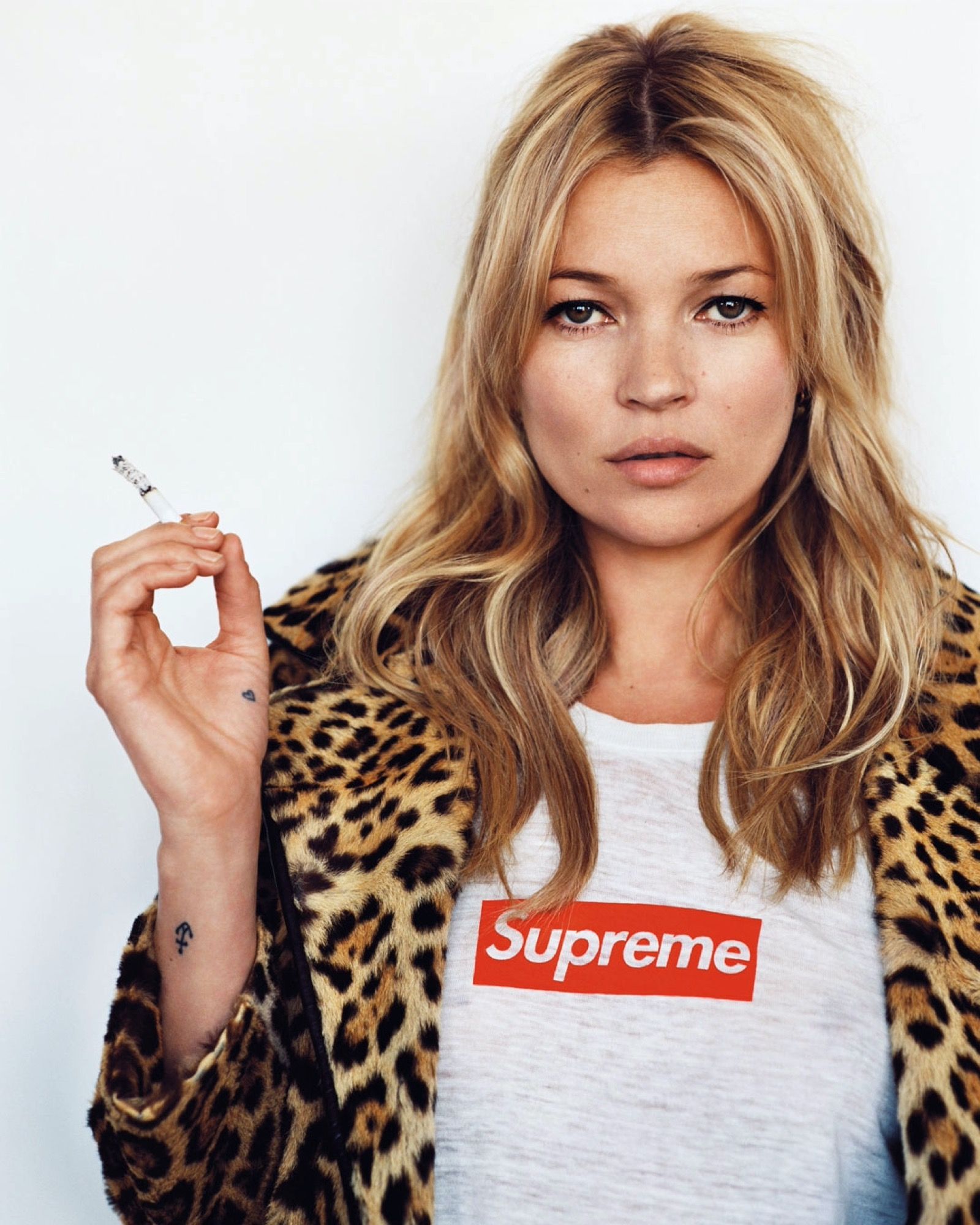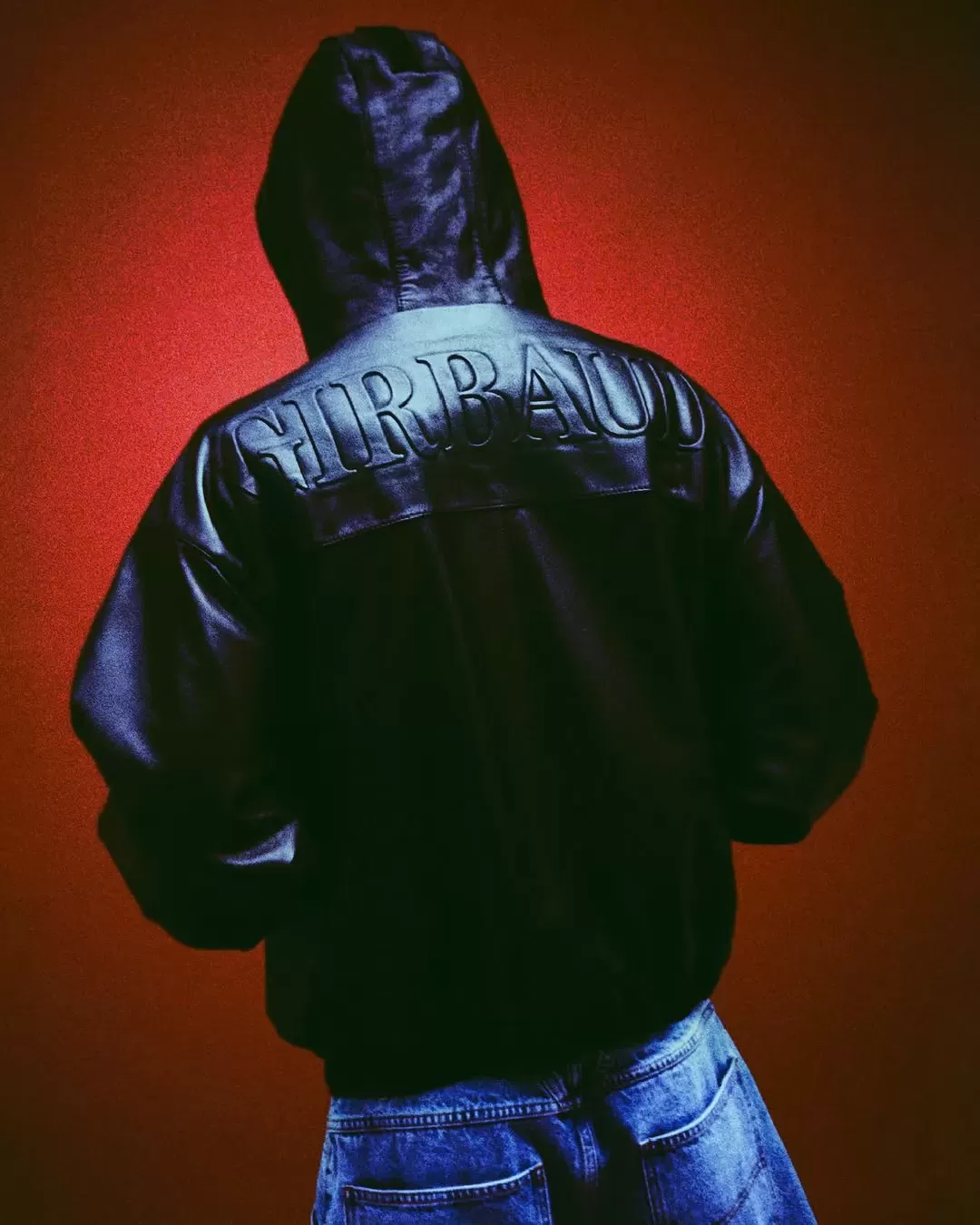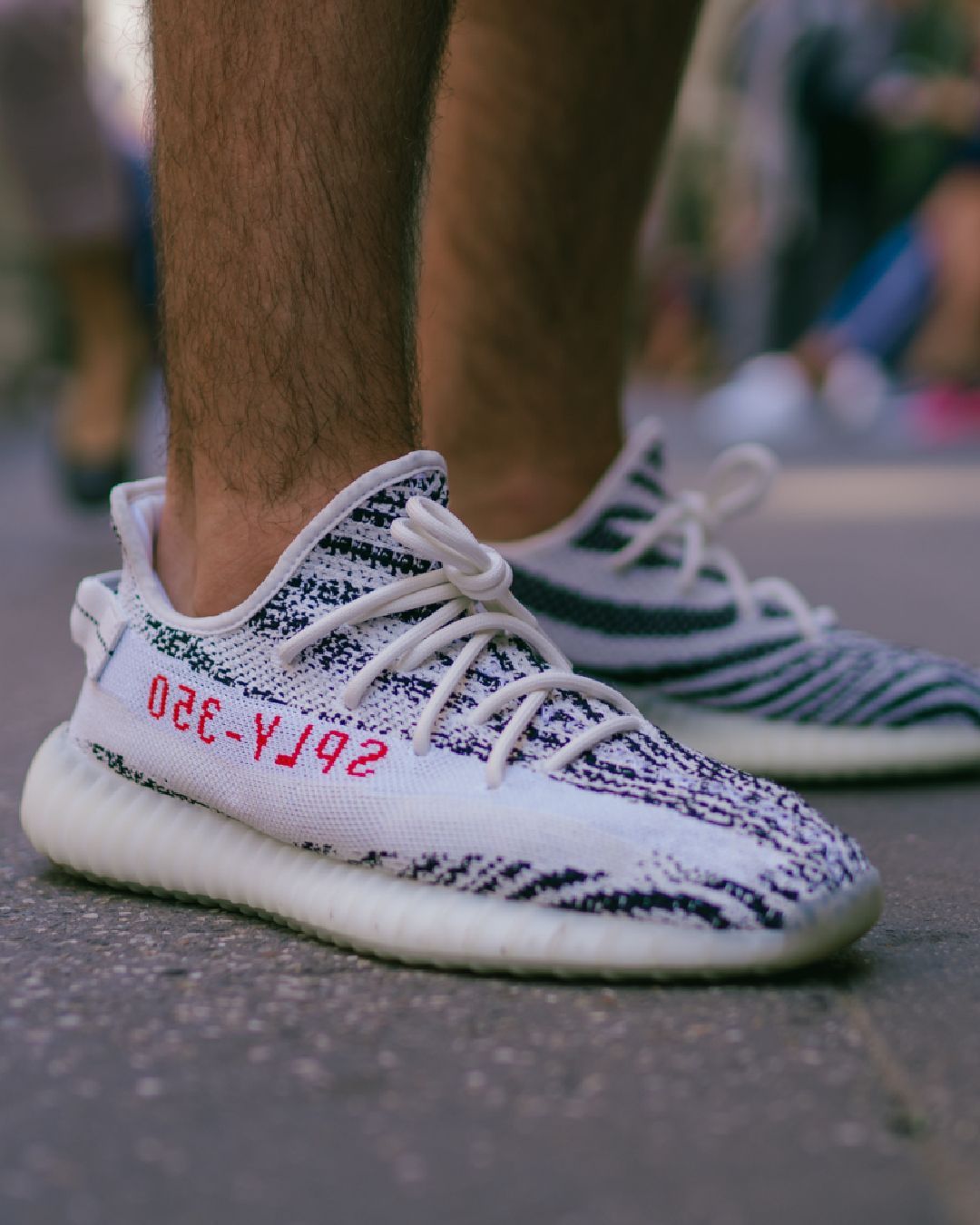
30 years of Supreme How anti-fashion became fashion
On Thursday, April 25, one of the most interesting Supreme drops of recent years occurred. To celebrate its 30-year history, the New York-based brand released the 30th Anniversary First Tee, a simple graphic tee featuring a print reminiscent of the first t-shirt launched in 1994. The 30th Anniversary First Tee was not the only highlight of the drop: the highly anticipated shirt shared its moment of glory with the 30 Years T-Shirt trilogy - a literary collection of all the t-shirts produced by Supreme from 1994 to 2024. It was a symbolic drop, which managed to please everyone, but above all, it managed to suspend the ongoing controversies regarding the brand's recent decisions and those of VF Corporation, Supreme's owner since 2020.
Following the resignation of Tremaine Emory - the first "external" creative director in Supreme's thirty-year history, who, however, left the brand accusing it of systemic racism - many questions arose about the future of the brand. Emory's figure was certainly very divisive and consolidated two factions far apart: one that supported the work of the American and emphasized how the brand had finally regained a soul lost for some time, the other that condemned the choice of the brand acquired by VF Corporation to leave creative direction in the hands of the founder of Denim Tears. But the buzz surrounding the recent drops (especially the collaboration with MM6 Maison Margiela) suggests that Supreme's fate is less tied to a creative director and more to regaining public enthusiasm, while seeking a compromise with an audience that has changed significantly over the years.
How the Supreme phenomenon began
It was 1994 when James Jebbia - entrepreneur who opened the first Stüssy store in New York, along with Shawn Stussy - inaugurated the first Supreme store on Lafayette Street, New York. Besides having a solid crew of skateboarders who frequented the store or simply spent their days in the surrounding streets (the famous director Harmony Korine described the store as a mere «hangout spot»), Supreme had nothing new to offer on the market. The first products that emerged from Jebbia's mind were truly essential: a box logo t-shirt and a graphic tee depicting Robert De Niro's face as Travis Pickle in Taxi Driver. Supreme's real talent was leveraging the skateboarding community - much the same as depicted in Kids by Larry Clark (written by Harmony Korine himself) and in Jonah Hill's more recent Mid 90’s - but also adopting what later became a cutting-edge business model by introducing the concept of "scarcity" that would later become a cornerstone of hype culture. For James Jebbia, selling few items in limited quantities was an innovative strategy that allowed him to remain client-oriented. In short, limiting quantities has been Supreme's modus operandi since day one, one of the main reasons why the brand still has many loyal fans today. The strategy arose out of necessity at a time when the flagship store was practically always empty. Jebbia relied on the concept of scarcity because he did not have sufficient resources to guarantee a constant assortment of merchandise for sale, so the only solution was to produce less. Jebbia's workaround was brilliant: restocking weekly accustomed customers to visit the store on drop day, creating a sort of ritual that still characterizes Supreme in the collective imagination.
Supreme's impact on the fashion world
Over the years, various prominent figures in the fashion industry have expressed their recognition of Supreme's influence on the sector. One of the most famous quotes was expressed by Brendon Babenzien, founder of Noah and former Supreme designer: «Supreme created the world in which all fashion brands live today.» Nevertheless, in its journey to becoming a true case study, Supreme chose to adopt an "anti-market" marketing approach. Until 2006, the brand did not even have an e-commerce presence, refused to appear on billboards in major fashion capitals, and made irreverence one of its distinctive traits. Over the years, it has created rip-offs with the logos of Coca-Cola (1997), Burberry's check (1997), and Louis Vuitton's monogram (2000) - even releasing a shirt with the copy "FUCK NIKE" (2001), exclusively for friends & family - while perennially aligning itself with the names of the most influential contemporary artists, from Keith Haring to Damien Hirst, passing through Andrés Serrano and many others. Alongside dialogues with the world's greatest artists, Supreme approached the noble ranks of fashion thanks to annual collaborations with Comme des Garçons and Jean Paul Gaultier, inaugurating one of the most symbolic time frames of all: from 2012 to 2018, which includes, of course, the watershed collaboration with Louis Vuitton within the context of the Hypebeast Era - recounted in volume 2 of the 30 Years T-Shirt trilogy.
In short, as Angelo Baque (founder and designer of Awake New York) asserts, «there will never be a brand on par with Supreme» - a statement that sounds like both a blessing and a curse for the brand in constant pursuit of satisfying a truly complicated fanbase. There are no investment funds that hold, nor speculations about who will be the next creative director of the brand: Supreme has been immortal since long before James Jebbia raised the shutter of the Lafayette Street store; no brand has been able to narrate contemporaneity as much as Supreme, and it will be difficult, today as in the future, to take away the title of innovator from the brand.















































